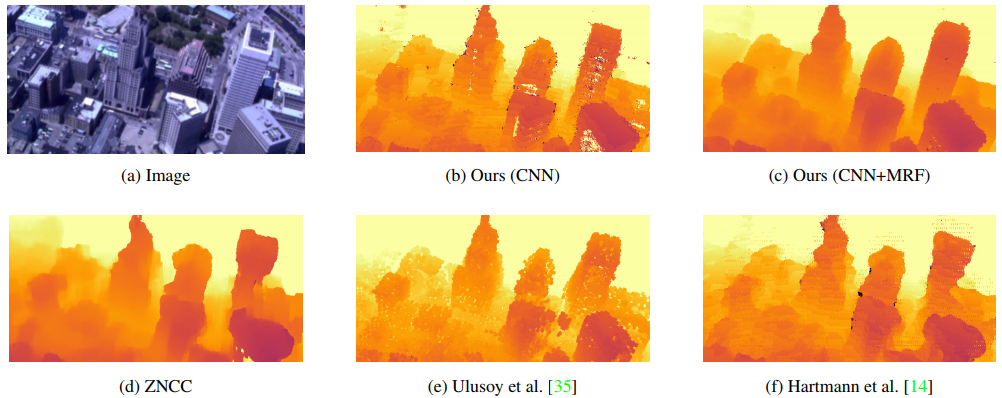This python pachage provides the code that accompanies our CVPR 2018 paper with title RayNet: Learning Volumetric 3D Reconstruction with Ray Potentials.
Normally, a pip install raynet should suffice to use our code.
If you already have a functional Keras installation there are not much left to install :-)
Keras> 2TensorflowCythonPyCudabackports.functools_lru_cacheimageiogoogleapiclientoauth2clientnumpymatplotlibscikit-learn
Depending on how you want to use our code, there are two alternatives regarding installation. You can either use a package manager or download and install the library manually. For those who just want to use the library we recommend to directly install the latest version from PyPI, whereas for those who want to be able to edit the code we recommend to install the library manually.
- Install from Pypi with:
pip install --user raynet- Install manually:
Clone the latest version of the library and run
# Clone the repository
git clone [email protected]:paschalidoud/raynet.git
cd raynet
# Local installation in development mode
pip install --user -e .The dedicated documentation page can be found in our documentation site but you can also read the source code to get an idea of how our code can be used. If you have any question regarding the code please contact Despoina Paschalidou.
Contributions such as bug fixes, bug reports, suggestions etc. are more than welcome and should be submitted in the form of new issues and/or pull requests on Github.
Below we list some papers that are relevant to the provided code.
Ours
- RayNet: Learning Volumetric 3D Reconstruction with Ray Potentials [pdf]
By Others
- Towards Probabilistic Volumetric Reconstruction using Ray Potentials [pdf]
- Patches, Planes and Probabilities: A Non-local Prior for Volumetric 3D Reconstruction [pdf]
- Semantic Multi-view Stereo: Jointly Estimating Objects and Voxels [pdf]
- Learned Multi Patch Similarity [pdf]
- SurfaceNet: An End-to-end 3D Neural Network for Multiview Stereopsis [pdf]
If you are using our code, please cite our paper.The BibTeX reference is:
@InProceedings{Paschalidou_2018_CVPR,
author = {Paschalidou, Despoina and Ulusoy, Osman and Schmitt, Carolin and Van Gool, Luc and Geiger, Andreas},
title = {RayNet: Learning Volumetric 3D Reconstruction With Ray Potentials},
booktitle = {The IEEE Conference on Computer Vision and Pattern Recognition (CVPR)},
month = {June},
year = {2018}
}

